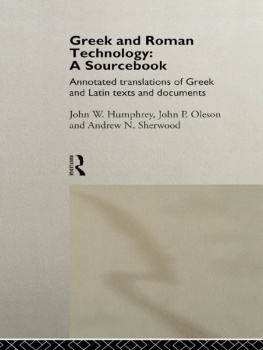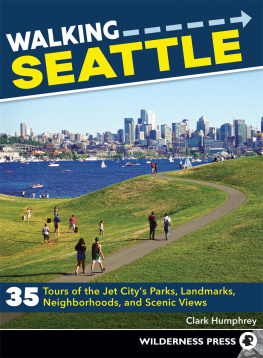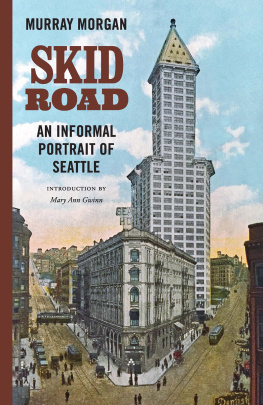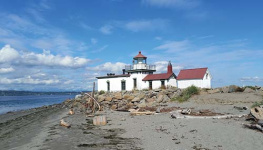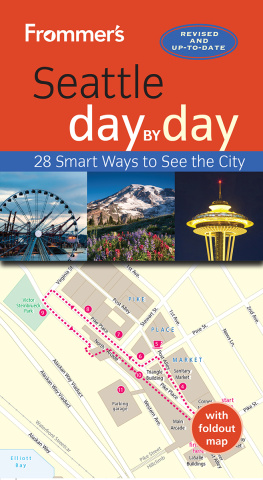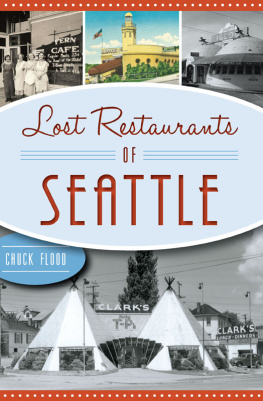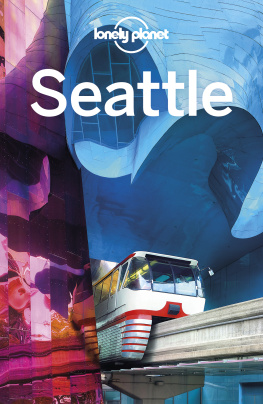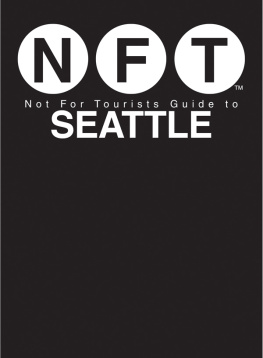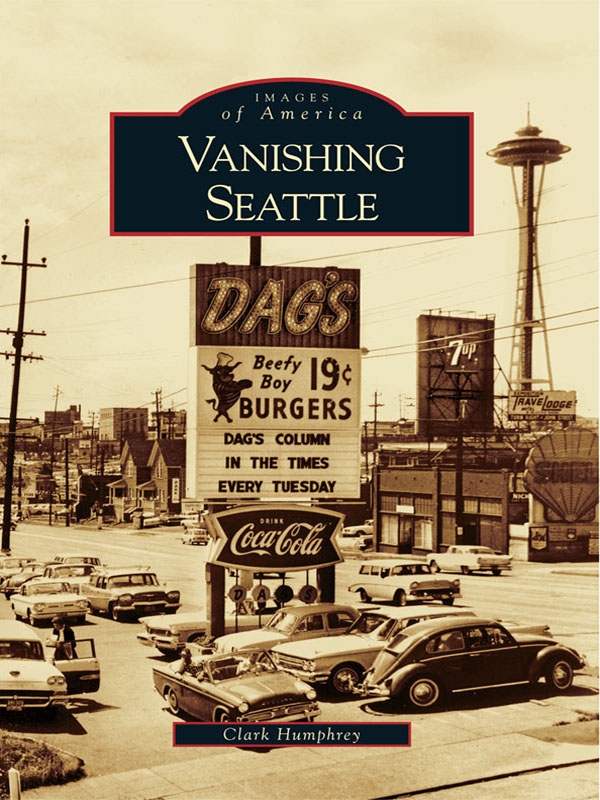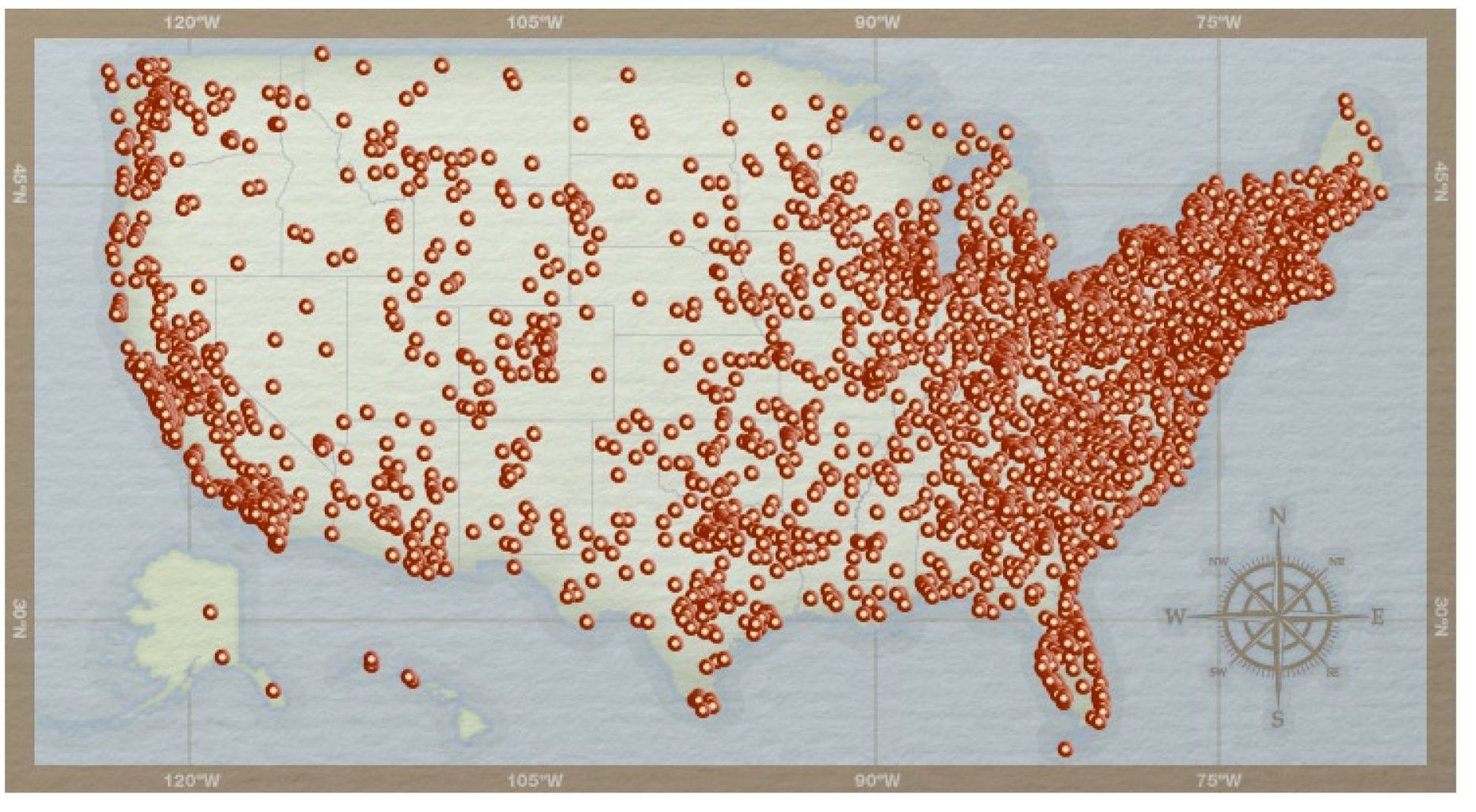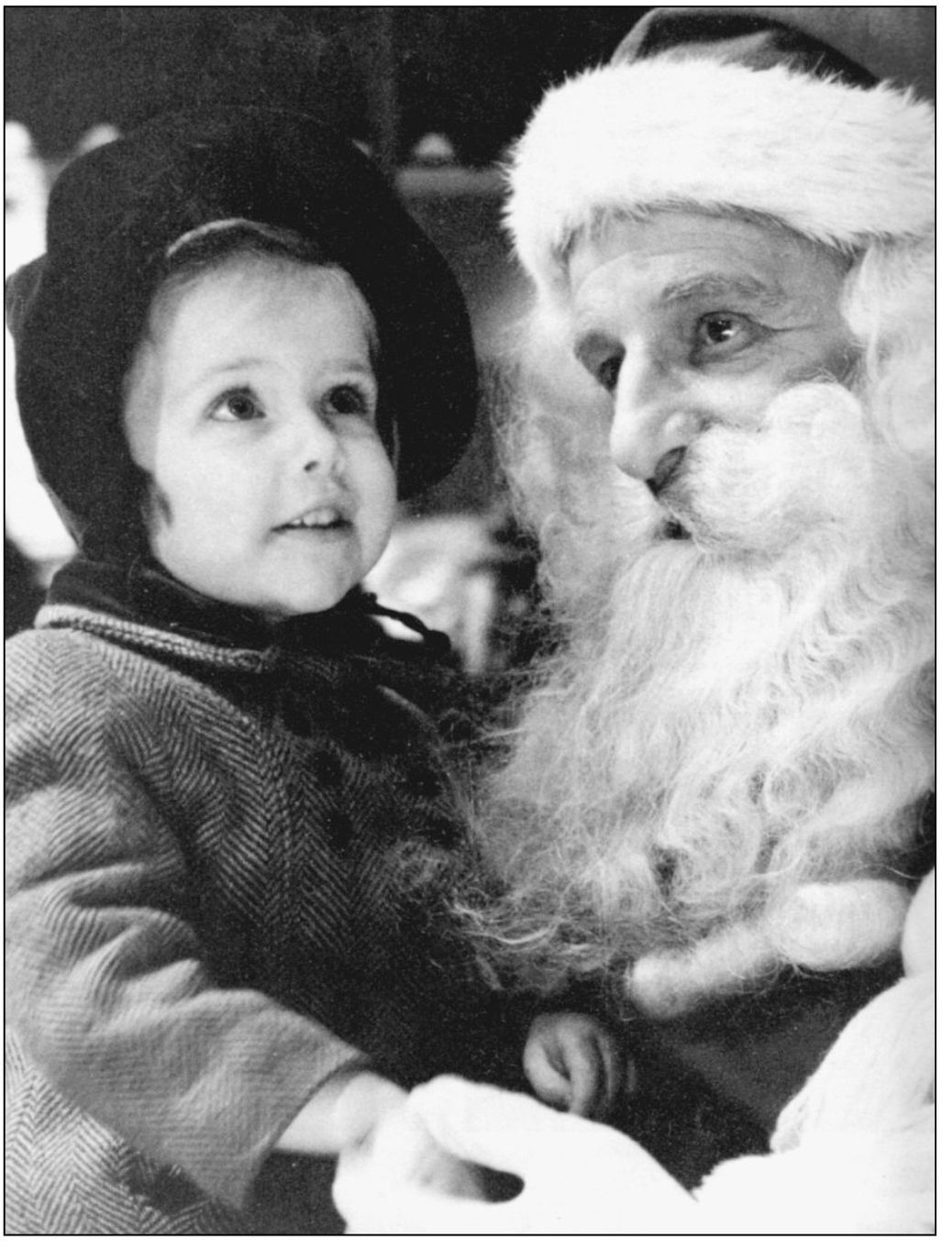No project this broad in scope could rely on just a few sources. Countless people in many places helped locate the images used in this book:
Editor Julie Albright provided a few special keepsakes from her own memorabilia, in addition to shepherding the whole project.
Special thanks go out to the photographers who observed and captured everyday life in the city, including Mary Randlett, Leslie H. Hamilton, Werner Lenggenhager, Clifford B. Ellis, and Art Hupy.
Barbara Krohn first introduced me to the cause of historic preservation in 1978. Shes still at it today.
AFTERWORD
Dicks Drive-Ins are still here. So are many other vestiges of the older, friendlier, happier Seattle.
You can still shop at the Pike Place Market, Uwajimaya, the University and Elliott Bay bookstores, Deluxe Junk, Archie McPhees, Scarecrow Video, the Husky Deli in West Seattle, Eddie Bauer, the Goodwill and Salvation Army main stores, and the glorious 1925-vintage Sears on First Avenue South.
You can still eat at Ivars Acres of Clams and Salmon House, the Baranof in Greenwood, Hatties Hat in Ballard, Mamas Mexican Kitchen, Bimbos Bitchin Burrito Kitchen, Bills Off Broadway Pizza, Pizzeria Pagliacci, Spud Fish and Chips, the Five Point and Mecca cafes, Red Mill Burgers, 13 Coins, Rays Boathouse, the Totem House, Andys Diner, the Wedgwood Broiler, and many independent coffee houses, teriyaki stands, and taco wagons.
You can still drink and/or dance (but not smoke) at the Crocodile, the Lava Lounge, the Two Bells, the Streamline, the Virginia Inn, the Canterbury, re-Bar, Neighbours, the Wildrose, Lindas, the Rendezvous, Ozzies, the Deluxe, the New Orleans, and the Blue Moon.
You can still view the preserved Pioneer Square buildings, the Cobb Building, the Olympic Hotel, the Hostess bakery, and the Bardahl and City Light neon signs.
You can still enjoy the annual hydroplane races, professional and college team sports, horse racing at Emerald Downs, and curling at the Granite Curling Club.
You can still see a live show at the Paramount, Moore, and Fifth Avenue theaters. You can still see a movie at the Egyptian, Cinerama, Seven Gables, Guild 45th, Admiral, Varsity, Grand Illusion, and Harvard Exit cinemas.
You can still ride to the top of the Space Needle, see an IMAX film at the Pacific Science Center, and watch a square dance at the Center House.
So go out and do some of these things today.
Find more books like this at
www.imagesofamerica.com
Search for your hometown history, your old
stomping grounds, and even your favorite sports team.
One
STORES
Our own remembrance of lost time starts not with a cookie but with a shopping bag. The marketplace is the classic urban gathering place. Seattles marketplaces have changed constantly, whether to meet changing consumer demands or to accommodate corporate consolidations.
In 1964, there were six department stores downtown, none of which was Nordstrom. Today there are two department stores downtown, of which Nordstrom is the surviving grand old lady.
Two dozen old mom-and-pop grocery stores could fit into each of todays largest QFC or Larrys supermarkets. Corner drugstores and hardware stores gave way to big-box behemoths. Even bookstores became huge.
Recreational Equipment Inc., founded as a means for serious sportsmen to obtain serious mountaineering tools, is now a deluxe outdoor-recreation superstore complete with its own climbing wall and mountain-bike track.
Delightful kitsch-decor boutiques and antique shops have fallen to high rents. Dingy, sleazy adult novelty stores have given way to female-friendly lovers toy stores.
Even the Pike Place Market, administered under the official control of a Preservation and Development Authority, has changed. Originally devised to cut prices by bringing farmers and shoppers together, its now advertised as a tourist attraction and a gourmets paradise.
Some big name operations have come to town and left again, such as FAO Schwarz. Others, like Wal-Mart and Ikea furniture, influence Seattles retail economy from suburban outposts without setting foot inside the city limits.
And established commercial pillars, admired by all and seemingly destined to live forever, have shriveled and died off, including Littler, John Doyle Bishop, and the store where our journey begins.
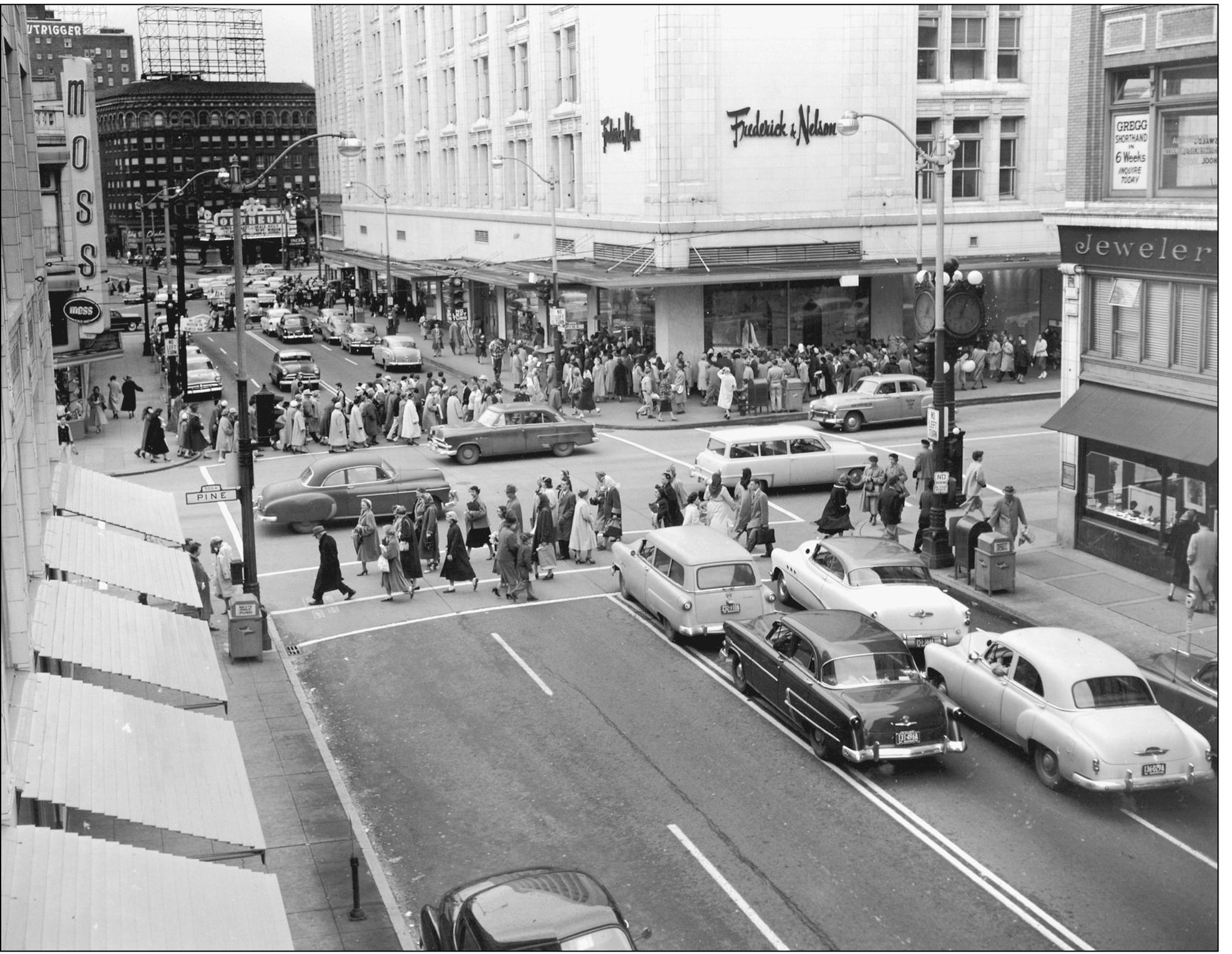
Donald E. Frederick and Nels Nelson started a used furniture store on Second Avenue in 1890. It initially thrived in helping families furnish their postfire homes. Over the next quarter century, the store expanded into apparel, shoes, and food. Frederick, who took over after Nelsons 1907 death, built the business on quality merchandise, understated good taste, and impeccable customer service. In 1918, Frederick undertook a bold move away from Second Avenue, then Seattles premier shopping street. He built a steel and terra-cotta shopping palace at Fifth Avenue and Pine Street, initially dubbed Fredericks Folly by local wags who thought it a dumb idea. Instead, Frederick thrived at the new store, which became the anchor for Seattles new principal retail district. It is seen here following a 1951 expansion, which added five more floors. The new store had three restaurantsan elegant tea room, the distinguished Mens Grill (for husbands who sought a respite from chattering females), and the Paul Bunyan Room (a coffee shop and soda fountain in the bargain basement). (MOHAI, Post-Intelligencer collection, No. PI-23265.)
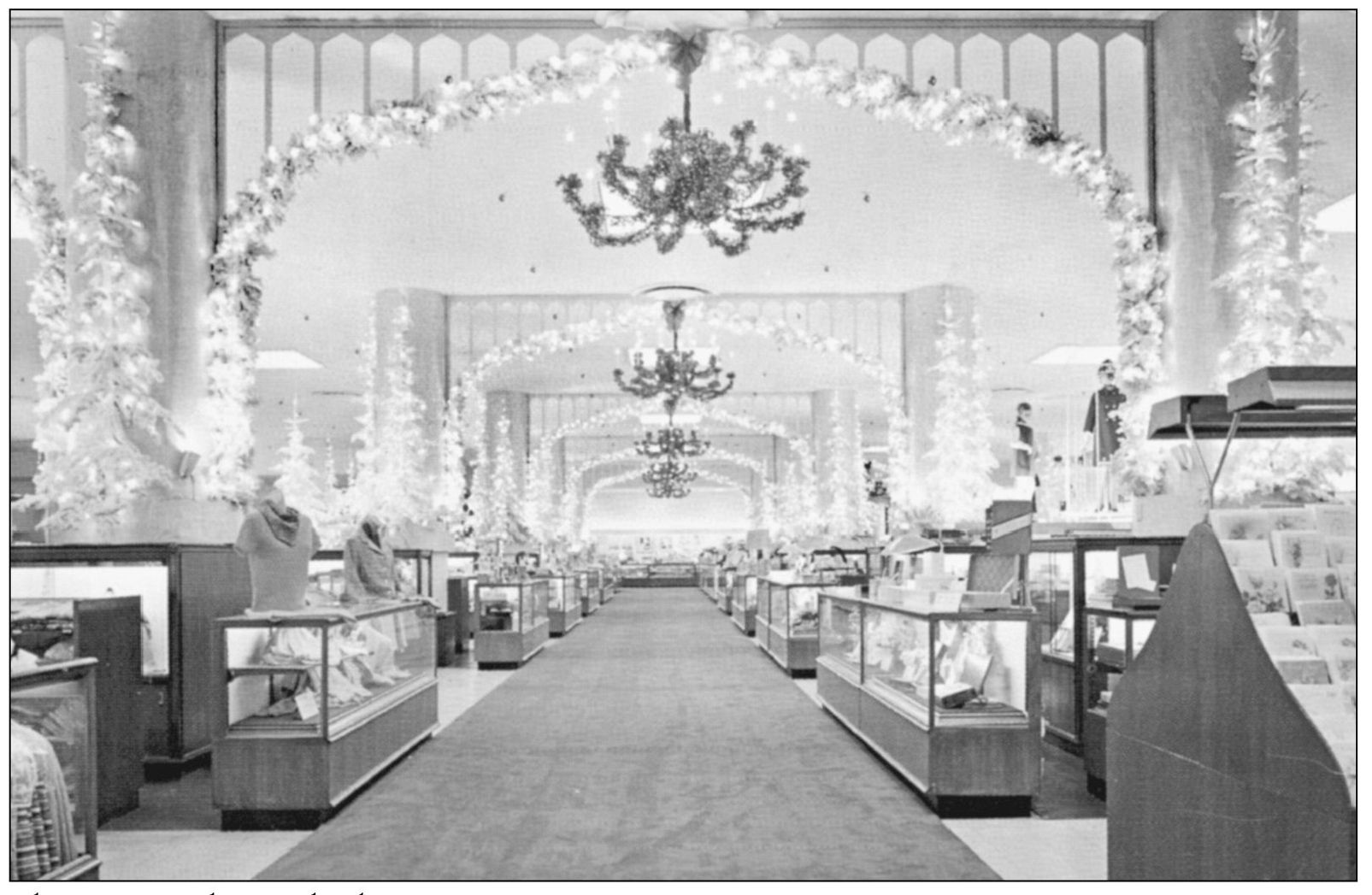
The stores in-house display department prepared colorful window treatments throughout the year but saved its most elaborate statements for Christmas. F&N also had one of the first department store Santas. Donald Frederick retired in 1929 and sold the store to Chicagos Marshall Field and Company, who kept the stores management and traditions in place, but F&Ns postWorld War II expansion was throttled by Fields tight purse strings. Chicago management approved the downtown expansion and three relatively small suburban stores but refused to participate in Northgate, the regions (and the nations) first major shopping mall. By the 1970s, a fast-growing Nordstrom had eclipsed F&N as the Northwests dominant high-fashion retailer. At right, Laurale Lange is pictured with Santa. (Both Julie Albright collection.)



